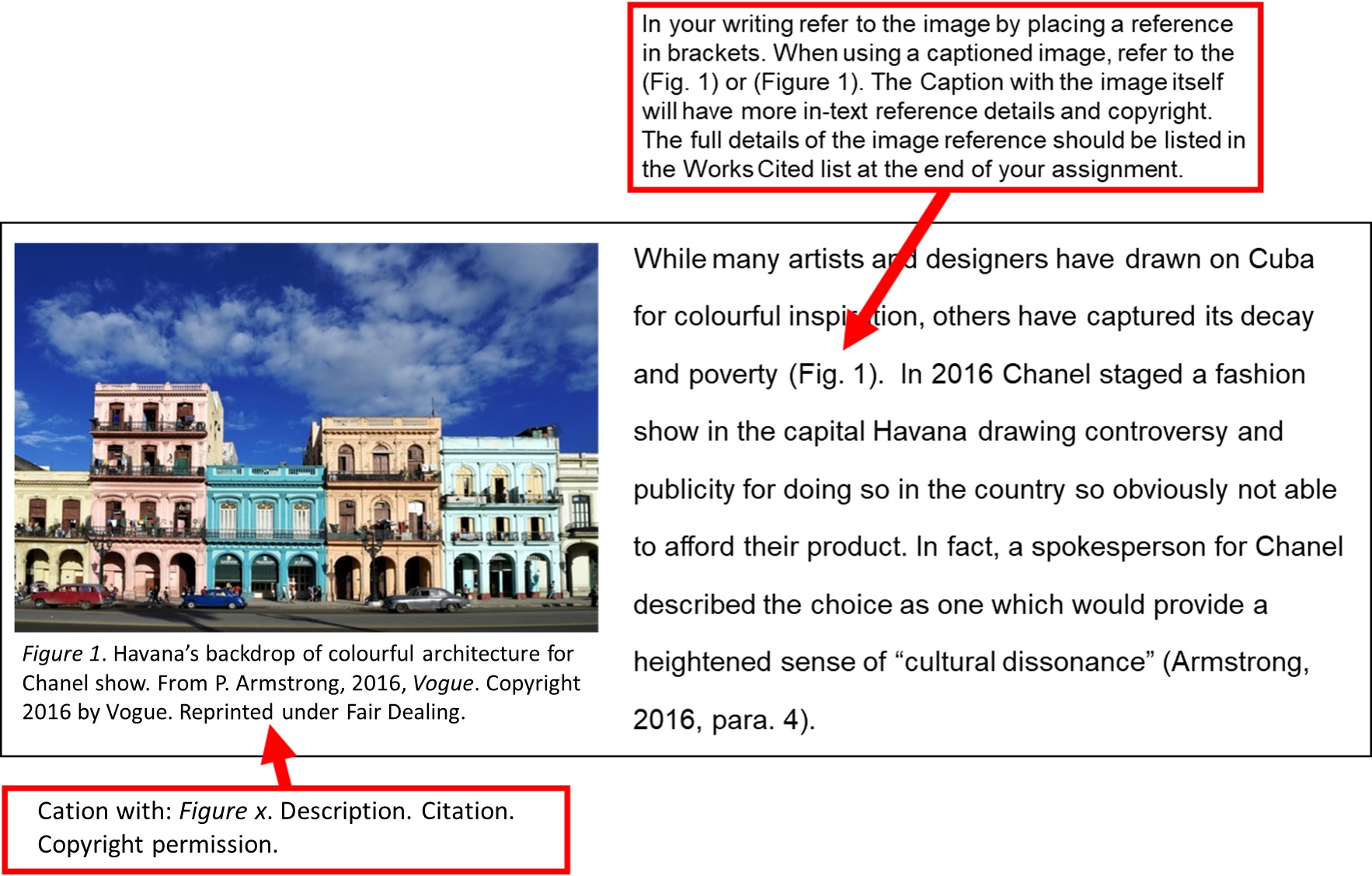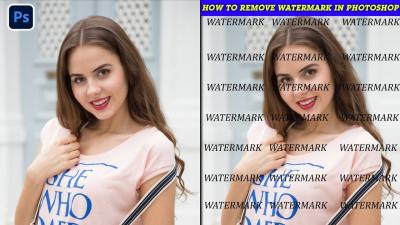Using images from Shutterstock can really elevate your professional projects, whether it’s a website, presentation, or print material. But it’s super important to give proper credit and understand how to cite these images correctly. Proper citation not only respects the creators’ rights but also keeps your work ethical and legally sound. If you’re ever unsure about how to do this, don’t worry—we’ll walk through the essentials so you can confidently incorporate Shutterstock images into your work the right way.
Understanding Shutterstock Licensing and Usage Rights

Before you start using Shutterstock images, it’s crucial to understand the different types of licenses they offer and what rights come with each. Shutterstock primarily provides two main types of licenses:
- Standard License: This license allows you to use images for most common purposes like websites, social media, presentations, and prints up to a certain print run. However, it has limitations on the number of copies and restrictions on resale or merchandise.
- Enhanced License: This offers broader rights, including unlimited copies, the ability to use images on products for resale, and more extensive distribution rights. It’s ideal for commercial products or large-scale campaigns.
Understanding these licenses is vital because they dictate how you can legally use and attribute the images. For example, with a Standard License, you might need to include attribution in specific formats, especially if it’s a requirement from Shutterstock or the image contributor. On the other hand, an Enhanced License generally doesn’t require attribution, but it’s always best to double-check the license terms.
Additionally, some images on Shutterstock might have restrictions—like not being allowed for use in sensitive contexts or certain commercial products. Always review the licensing terms associated with each image before using it, and keep records of your license purchase or download. This will help you stay compliant and avoid potential legal issues down the line.
Steps to Properly Cite Shutterstock Images in Your Projects

When you’re using images from Shutterstock, giving proper credit isn’t just about good manners — it’s often a legal requirement. Proper citation helps you stay compliant and respects the work of the photographers and artists. Here’s a simple step-by-step guide to ensure you’re citing Shutterstock images correctly in your professional projects:
- Identify the image details: First, gather all the necessary information about the image. This includes the image title, photographer or artist’s name, license type, and image ID or URL. You can find most of this info on the Shutterstock download page or in the license agreement.
- Check the license requirements: Different Shutterstock licenses might have specific requirements for attribution. Review your license type (Standard or Enhanced) to see if attribution is required or recommended. Some licenses may not require attribution at all, but including it is often best practice.
- Create a citation format: Decide on a consistent format for citing images. A common approach includes the photographer’s name, the image title or description, the source (Shutterstock), and the license type or link. For example:
- Photo by Jane Doe on Shutterstock
- Image titled “City Skyline” by John Smith, licensed through Shutterstock
- Insert the citation in your project: Place your citation where it makes the most sense—typically under the image, in a credits section, or as a caption. Make sure it’s clear and legible.
- Use proper formatting: Depending on your project type, you might need to format citations differently (APA, MLA, Chicago, etc.). For online projects, a simple attribution line often suffices, but for academic or formal work, follow the relevant style guide.
Example of a simple Shutterstock image citation:
“City Skyline” by John Smith, Shutterstock, licensed image.
Following these steps helps you stay compliant, gives credit where it’s due, and keeps your project professional and transparent.
Best Practices for Including Shutterstock Image Citations

Now that you know the steps, let’s talk about some best practices to make sure your image citations are effective, respectful, and professional:
- Be consistent: Use a uniform citation style throughout your project. Whether you prefer APA, MLA, or a simple attribution style, consistency helps your work look polished and credible.
- Place citations thoughtfully: Position your attributions where they’re easily visible but not distracting. Common spots include directly below the image as a caption, in a dedicated credits section at the end, or as a tooltip if on a website.
- Include all necessary info: Ensure your citations contain the key details — the creator’s name, source, and license type or link. This transparency shows respect for the creator’s rights and helps others find the image if needed.
- Use clear and legible formatting: Avoid tiny fonts or obscure placement. Your citations should be easy to read without drawing too much attention away from your main content.
- Avoid over-licensing issues: Keep track of your licenses and usage rights. If you share or publish your work publicly, double-check that your citations align with Shutterstock’s licensing terms.
- Consider attribution tools: Some websites or projects can automate image attribution. If you frequently use Shutterstock images, explore plugins or tools that can generate proper citations automatically, saving time and reducing errors.
- Respect the creator’s rights: Remember, a proper citation isn’t just a formality — it’s a way to honor the effort and creativity of the photographer or artist.
In summary, including accurate and consistent Shutterstock image citations enhances your professionalism, ensures legal compliance, and demonstrates respect for intellectual property. A little extra effort in citing images correctly can go a long way in building your reputation and avoiding potential issues down the line.
Common Mistakes to Avoid When Citing Shutterstock Images
Citing images from Shutterstock might seem straightforward, but there are some common pitfalls that can trip you up if you’re not careful. Let’s go through a few mistakes to watch out for so your citations are accurate and professional.
1. Forgetting to Include the Correct Licensing Information
One of the biggest errors is not clearly indicating the type of license you have for the image. Shutterstock offers various licensing options—standard and enhanced—and each has different requirements. Always specify which license applies and include relevant details like license number or purchase date.
2. Missing the Image Details
Always cite the image with essential details: the creator’s name (if available), the image title or description, the source (Shutterstock), and the license type. Omitting any of these can make it harder for others to verify your source or reproduce your work.
3. Using the Wrong Citation Style
Different fields and publications require different citation formats—APA, MLA, Chicago, etc. Using the wrong style or mixing styles can make your citations look unprofessional. Make sure to adhere to the style guide specified by your organization or publisher.
4. Failing to Attribute Properly
Some might think a simple mention like “Image from Shutterstock” suffices. However, proper attribution often requires more detail, such as the creator’s name, the image title, and the license type. Proper attribution not only respects the creator’s rights but also strengthens your credibility.
5. Not Updating Citations When Reusing Images
If you reuse or modify an image, or if your licensing terms change, update your citations accordingly. Outdated or incorrect citations can cause legal issues or misunderstandings about your rights to the image.
By keeping these common mistakes in mind, you can ensure your image citations are accurate, respectful, and professional. It’s all about giving credit where it’s due and maintaining integrity in your work.
Tools and Resources for Managing Image Citations
Managing citations for images can become a hassle, especially when you’re dealing with multiple sources and styles. Luckily, there are plenty of tools and resources out there to help streamline the process and keep everything organized.
1. Citation Management Software
- Zotero: An open-source tool that helps collect, organize, cite, and share research sources. It can be customized for various citation styles and is especially handy for managing multiple image sources.
- Mendeley: Similar to Zotero, Mendeley offers reference organization and citation generation with support for numerous styles.
2. Online Citation Generators
- CiteThisForMe: Allows you to generate citations quickly in styles like APA, MLA, Chicago, and more. You just input the necessary details, and it creates the citation for you.
- EasyBib: Another user-friendly tool for generating citations, including options for images and multimedia sources.
3. Shutterstock’s Own Resources
- License Details: Always check Shutterstock’s licensing page for detailed guidelines on attribution and citation requirements based on your license type.
- Image Metadata: Download or view the image’s metadata on Shutterstock to gather accurate information about the creator and licensing.
4. Style Guides and Reference Resources
- The Purdue OWL: Offers comprehensive guides on APA, MLA, and Chicago citation styles, including how to cite images and online sources properly.
- The Chicago Manual of Style: Essential for detailed rules on image and figure citations, especially for academic or professional work.
5. Keeping Organized Records
Regardless of the tools you use, maintaining a spreadsheet or a dedicated folder with all your image licensing details, URLs, and citation info can save you headaches down the line. Always double-check your citations for accuracy before publishing or submitting your work.
Using these tools and resources effectively can save you time, reduce errors, and ensure you always give proper credit to Shutterstock images in your professional projects. It’s an investment in your credibility and legal compliance!
Conclusion and Summary of Key Citation Tips
Citing images from Shutterstock correctly is essential to maintain professionalism and adhere to copyright laws. Remember, always provide accurate attribution to respect the creators’ rights and avoid potential legal issues. When citing Shutterstock images, include the following key elements:
- Author or Creator Name: If available, always include the name of the photographer or designer.
- Image Title or Description: Use a descriptive title or brief description of the image.
- Source: Clearly state that the image is from Shutterstock, including a direct link if possible.
- License Type: Specify the license under which you are using the image (e.g., royalty-free, extended license).
- Date of Use: Note the date when the image was accessed or used in your work.
Always consult the specific citation style guide relevant to your field, such as APA, MLA, or Chicago, as they may have particular formatting requirements. When in doubt, include as much detail as possible to ensure proper attribution. Proper citation not only respects intellectual property rights but also enhances the credibility of your work. By following these simple yet vital tips, you can confidently incorporate Shutterstock images into your professional projects while upholding ethical standards.


